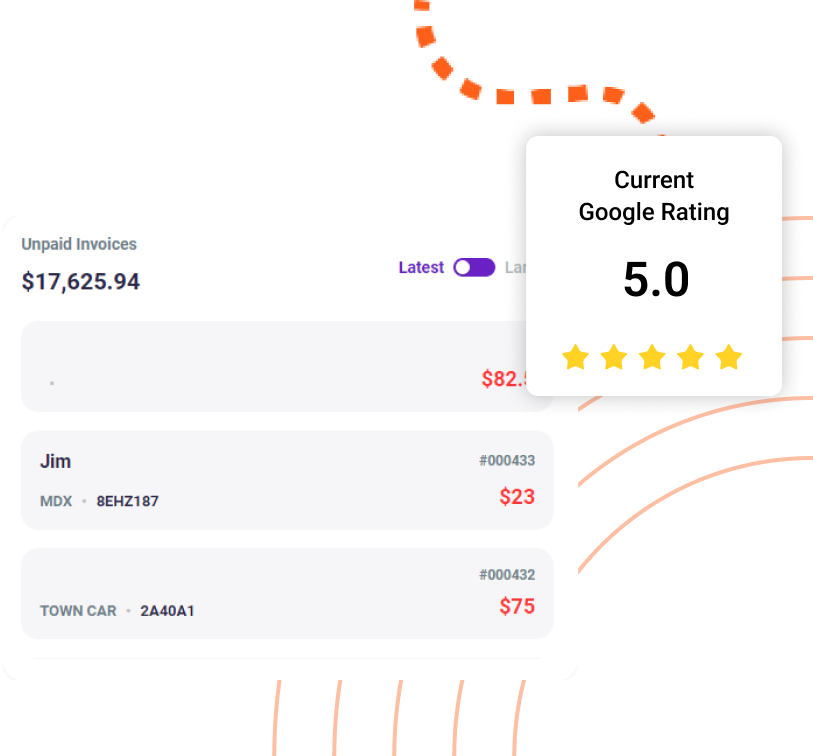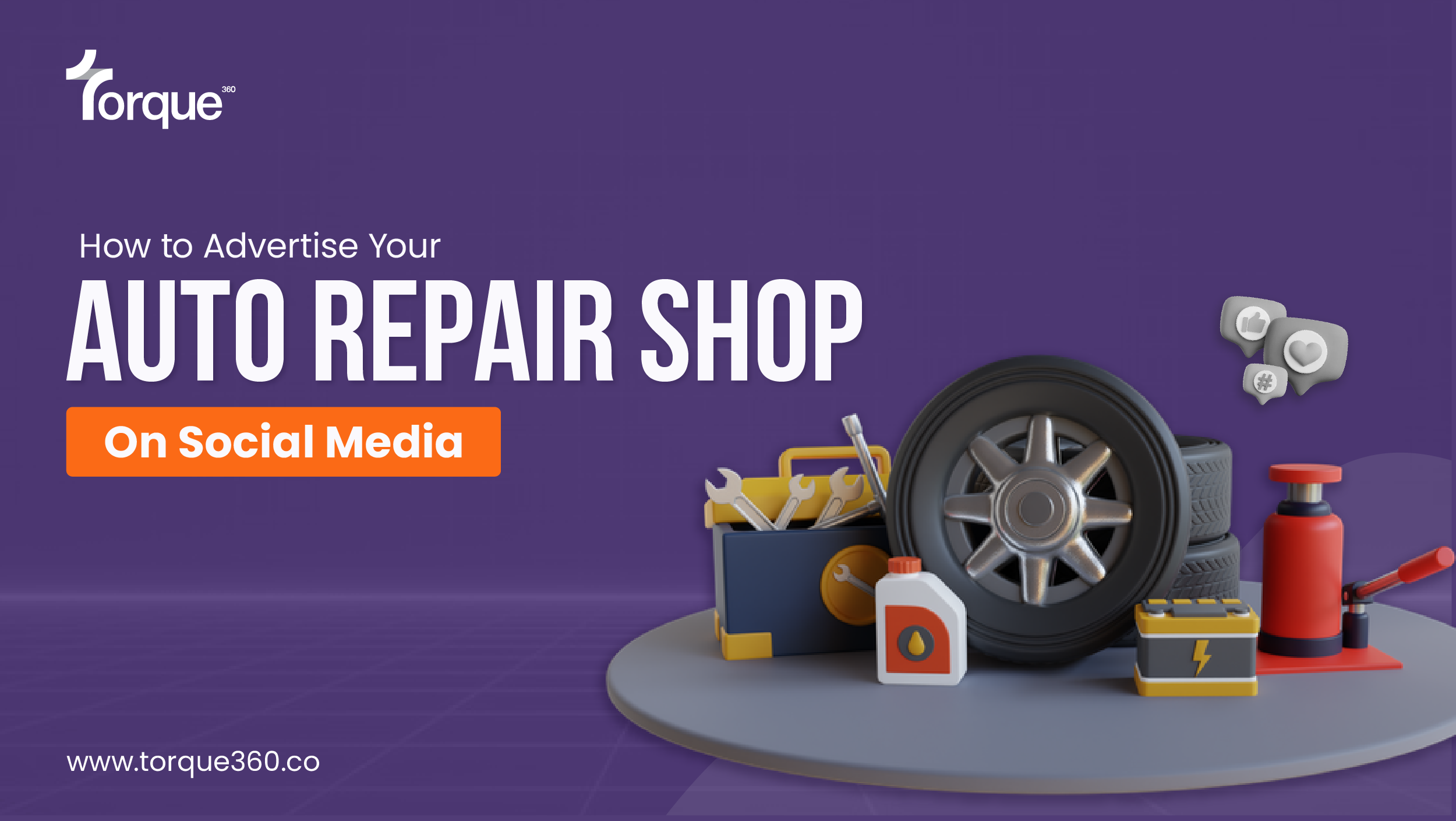Today, establishing a strong and distinctive brand is more critical than ever.
A well-crafted brand not only sets a company apart but also serves as a driving force for success.
Picture this: a sleek logo cruising down the highway, leaving an indelible mark on the minds of potential customers. That’s the power of effective branding in the automotive world.
As the automotive landscape evolves, the need for a strategic and well-defined brand becomes a driving force behind success. Using the best auto repair shop management software can help you a lot in your journey.
In this blog, we will explain five important steps that you can use in automotive branding for success.
Step 1: Define Your Brand Identity
Clarifying Core Values and Mission
The foundation of any successful brand begins with a clear understanding of its identity. You need to define the core values and mission that the automotive brand represents.
What does the brand stand for?
What are its guiding principles?
Answering these questions helps create a solid foundation upon which the entire branding strategy will be built.
Following are some usual core values and mission:
Core Values:
- Integrity
- Quality Service
- Customer-Centric Approach
- Reliability
- Continuous Improvement
- Environmental Responsibility
- Community Engagement
Mission:
- Providing Reliable Automotive Solutions
- Ensuring Customer Satisfaction
- Promoting Safety and Well-being
- Being a Trusted Automotive Partner
- Contributing to a Sustainable Future
- Empowering Employees and Fostering Growth
- Building a Positive Community Presence
Establishing a Unique Selling Proposition (USP)
In a crowded market, a Unique Selling Proposition (USP) is what sets a brand apart from the competition. This could be a special feature, a unique approach to customer service, or a commitment to sustainability. Whatever the USP is, it should resonate with the target audience and form the basis for all brand messaging. Some common USP are:
- Experienced and Skilled Technicians
- Transparent Pricing
- Quick Turnaround Time
- Quality Parts and Materials
- Personalized Customer Service
- Warranty and Satisfaction Guarantee
- State-of-the-Art Diagnostic Technology
- Convenient Appointment Scheduling
Step 2: Understand Your Target Audience
Conducting Market Research
Understanding the target audience is paramount in crafting a brand that speaks directly to consumers.
Conducting thorough market research helps identify the demographic that the automotive brand is catering to.
What are their preferences?
What are their pain points?
You can do market research by:
- Identifying Target Audience
- Analyzing Competitor Landscape
- Market Size and Growth Potential
- SWOT Analysis
- Customer Feedback and Surveys
This knowledge is invaluable in tailoring the brand to meet the specific needs and expectations of the audience.
Tailoring Brand Messaging
Once the target audience is identified, the next step is to tailor brand messaging to resonate with them. The language, tone, and style should align with the preferences of the target audience. Using the best auto repair shop management software can help you a lot in communicating with your customers with proper messaging.
Step 3: Develop a Consistent Brand Image
Creating a Cohesive Visual Identity
A brand is not just words.
It is a visual experience.
Creating a cohesive visual identity involves:
- Logo Design
- Color Palette Selection
- Typography Standards
- Design Elements and Imagery
- Brand Guidelines
- Application Across Platforms
- Uniformity in Packaging
- Consistent Visual Language
- Adherence to Design Principles
- Flexibility for Growth
Consistency is key – from the company’s website to promotional materials, a uniform visual identity fosters recognition and trust.
Ensuring Consistency in Communication
Visual elements are not the only aspects that need consistency. This consistency builds a unified and reliable brand image in the minds of consumers.
Step 4: Build Brand Awareness
Implementing Strategic Marketing Campaigns
A brand can be exceptional, but if no one knows about it, its impact is limited. Implementing strategic marketing campaigns is essential for building brand awareness.
This involves leveraging various channels, from traditional advertising methods like television and radio to digital platforms such as social media and search engines.
Some marketing strategies involve:
- Digital Marketing
- Content Marketing
- Social Media Engagement
- Influencer Collaborations
- Referral Programs
- Customer Loyalty Programs
- Local SEO Optimization
- Partnerships and Collaborations
- Interactive Content
- Email Marketing Campaigns
Utilizing Both Traditional and Digital Channels
While traditional channels have their place, the digital landscape offers unparalleled opportunities for reaching a wider audience. You should use all these channels:
Traditional Marketing Channels:
1. Print Media
2. Television Advertising
3. Radio Advertising
4. Direct Mail
5. Outdoor Advertising
6. Telemarketing
7. Trade Shows and Events
8. Networking Events
Digital Marketing Channels:
1. Social Media Marketing
2. Search Engine Optimization (SEO)
3. Content Marketing
4. Email Marketing
5. Pay-Per-Click (PPC) Advertising
7. Influencer Marketing
8. Online PR and Branding
9. Mobile Marketing
10. Video Marketing
Step 5: Foster Brand Loyalty
Implementing Customer Engagement Strategies
Building a brand doesn’t end with awareness.
It extends to fostering brand loyalty.
This involves creating a positive and engaging experience for customers. Implementing customer engagement strategies, such as loyalty programs, exclusive promotions, and personalized communication, goes a long way in building a loyal customer base.
Incorporating Customer Feedback
Listening to customers is a crucial aspect of brand loyalty. By incorporating customer feedback, whether positive or constructive, automotive brands demonstrate a commitment to improvement. This not only enhances the customer experience but also builds trust and loyalty. You can ensure good feedback with:
Regular Feedback Collection
- Customer Satisfaction Surveys
- Prompt Response Mechanism
- Feedback Forms
- Incentivize Feedback
- Social Media Monitoring
- Customer Support Interaction
- Anonymous Feedback Option
- Segmented Feedback Analysis
- Positive Feedback Recognition
Conclusion
In the dynamic world of the automotive industry, where choices are abundant and consumer expectations are high, a strong brand is the vehicle that drives success. That’s why, you should look for the best auto repair shop management software.
In conclusion, the journey of automotive branding is ongoing. It’s not just about selling cars; it’s about creating an experience, building relationships, and leaving a lasting impression. By following the 5-step framework, automotive brands can accelerate towards success, leaving a trail of satisfied customers and a strong brand legacy in their wake.






